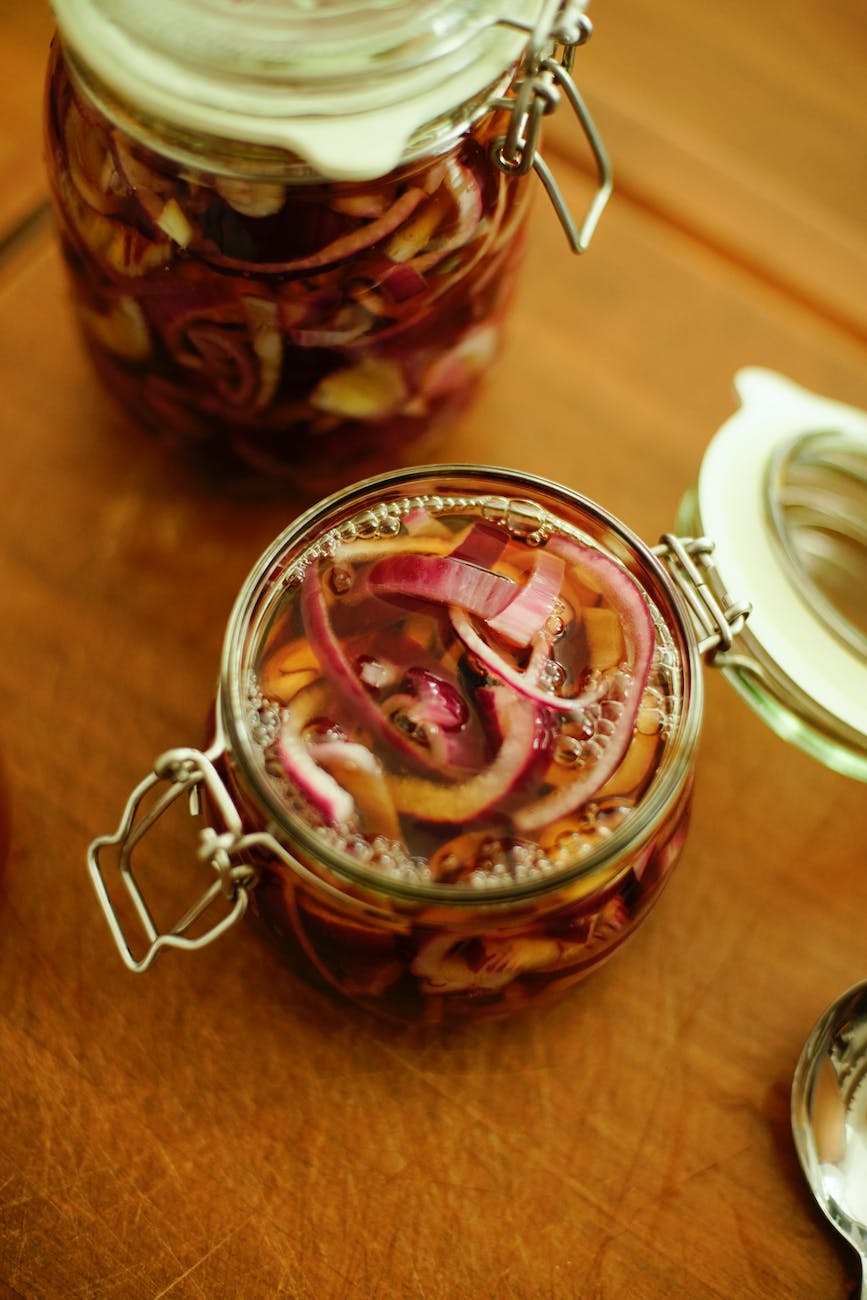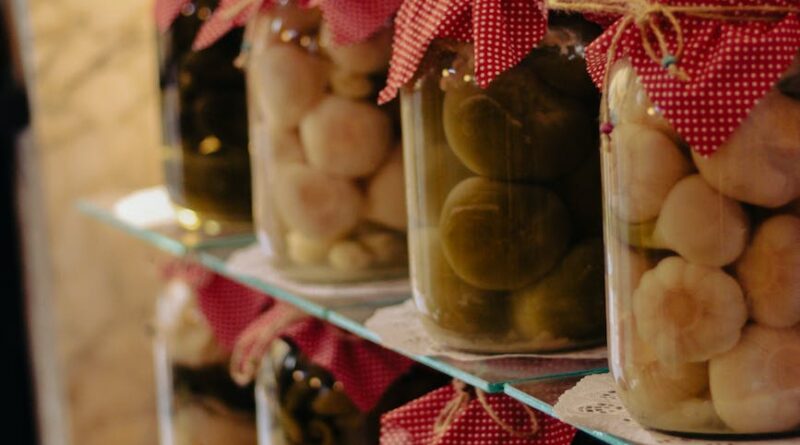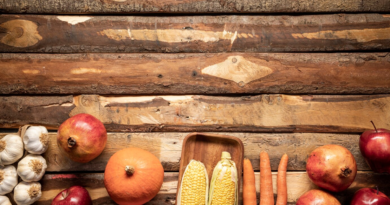From Plot to Plate Perfection: Elevating Your Allotment Harvest Preservation Skills
One of the joys of having an allotment is the abundance of fresh produce that can be harvested throughout the growing season. However, as the harvest starts to pile up, it can be challenging to eat everything before it spoils. In this blog post, we’ll explore the art of preserving your allotment harvest so you can enjoy your homegrown produce throughout the year.
Why Preserve Your Allotment Harvest? Preserving your allotment harvest has many benefits, including reducing food waste, saving money, and having access to fresh produce throughout the year. When you preserve your harvest, you can extend the shelf life of your produce, making it easier to use up and enjoy everything you grow.
Different Preservation Methods: There are various preservation methods that you can use to preserve your allotment harvest. The most common methods include canning, freezing, dehydrating, and pickling. Each method has its pros and cons, and choosing the right one depends on the type of produce you’re working with and your personal preferences.

Canning 101:
Canning is a popular preservation method that involves processing food in jars at high temperatures. It is ideal for preserving high-acid foods like tomatoes, pickles, and fruit. To get started with canning, you’ll need a few basic pieces of equipment, including a canner, jars, lids, and rings. Follow these steps to can your allotment harvest:
- Prepare your produce by washing it and cutting it into the desired size.
- Fill the jars with your prepared produce and add any spices or seasonings you like.
- Wipe the jar rims clean and add the lids and rings.
- Process the jars in a canner at the recommended temperature and time for your produce. I highly recommend the below steam canner.
Freezing and Dehydrating Techniques:
Freezing and dehydrating are two other popular preservation methods that can be used to preserve many types of produce. Freezing is ideal for fruits and vegetables that have a high water content, like berries, green beans, and corn. Dehydrating is ideal for produce that has a low water content, like herbs and tomatoes. To freeze or dehydrate your allotment harvest, follow these steps:
- Prepare your produce by washing it and cutting it into the desired size.
- For freezing, blanch the produce in boiling water for a few minutes, then cool it quickly in ice water.
- For dehydrating, spread the produce out on a dehydrator tray and dry it at the recommended temperature and time for your produce.
- Store the frozen or dehydrated produce in airtight containers or bags.
Pickling and Fermenting:
Pickling and fermenting are two preservation methods that can add unique flavors and health benefits to your allotment harvest. Pickling involves preserving vegetables in a brine solution, while fermenting involves preserving vegetables with lactic acid bacteria. Both methods are ideal for vegetables like cucumbers, carrots, and beets. To pickle or ferment your allotment harvest, follow these steps:
- Prepare your vegetables by washing them and cutting them into the desired size.
- For pickling, make a brine solution by combining water, vinegar, salt, and sugar in a pot and heating it until the salt and sugar dissolve.
- Pack the vegetables into jars and cover them with the brine solution.
- For fermenting, add the vegetables to a jar with a brine solution made of water and salt.
- Cover the jar with a cloth or lid and let it sit at room temperature for a few days until it reaches the desired level of sourness.

Tips for Success:
To ensure your preservation efforts are successful, there are a few tips to keep in mind:
- Use only high-quality produce. The quality of the produce you preserve will determine the quality of the final product.
- Follow the recipe and processing times carefully. Canning, pickling, and fermenting require specific ratios of ingredients and precise processing times. Follow the recipe carefully to ensure the safety and quality of your preserved food.
- Store your preserved food properly. After you’ve preserved your food, store it in a cool, dry place away from sunlight. Frozen and dehydrated produce should be stored in airtight containers or bags to prevent freezer burn.
- Label your preserved food with the date and contents. It’s essential to keep track of what you’ve preserved and when you did it. Labeling your jars or containers with the date and contents will help you keep track of what you have and when it’s time to use it.
- Experiment with different preservation methods and recipes. There are many preservation methods and recipes to choose from, so don’t be afraid to try something new. Experiment with different spices, seasonings, and ingredients to create unique flavors and textures.
Preserving your allotment harvest is a great way to make the most of your hard work throughout the growing season. By following these preservation methods, you can enjoy fresh produce from your allotment throughout the year, reduce food waste, and save money in the process. From canning to pickling, there are plenty of ways to get creative with your harvest and enjoy the flavors of your garden year-round.
So go ahead and experiment with different preservation techniques and find what works best for you and your allotment. Whether you’re stocking up for the winter months or just looking to enjoy your harvest for a little bit longer, preserving your allotment produce is a rewarding way to make the most of your garden. So get started today and see how easy and fun it can be to preserve your own fresh and delicious produce!




